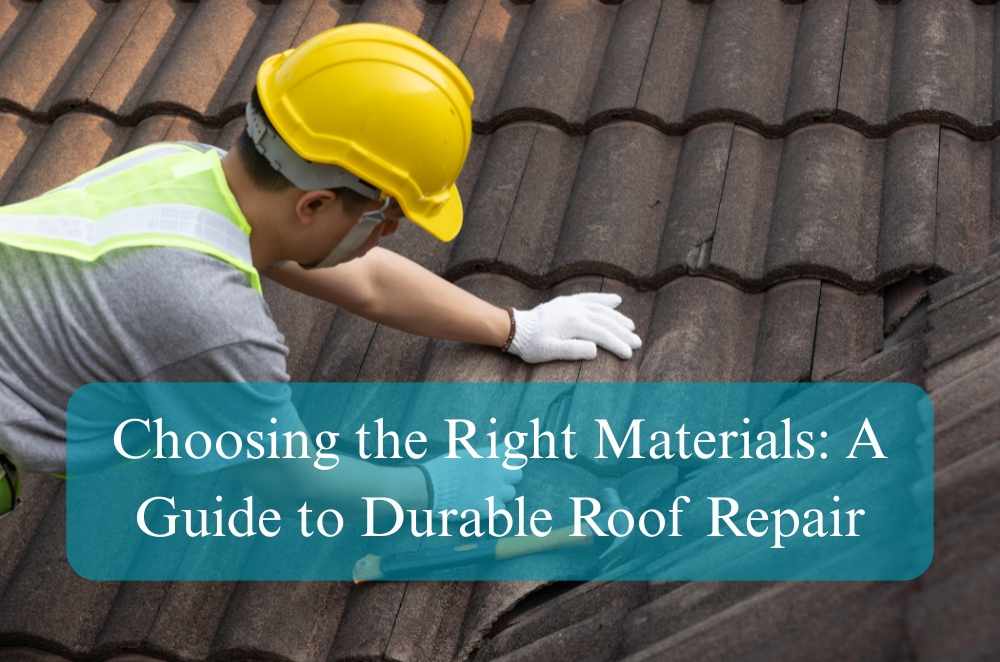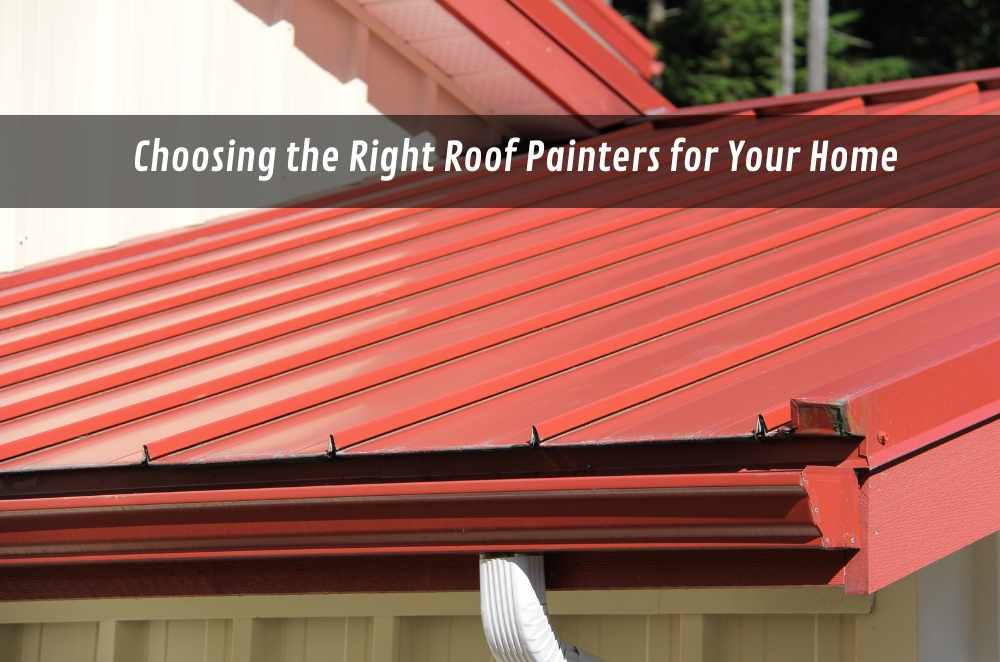
Let’s be honest — when you got solar panels, you probably didn’t think you’d end up with a rooftop full of pigeons. However, it turns out that panels make a pretty perfect spot for them. They’re warm, covered, high up, and there’s not much around to scare them off. Once they move in, it goes downhill fast — poop everywhere, feathers in the gutters, and that nonstop cooing can drive you mad. Not to mention, pigeon activity can significantly reduce panel efficiency and lead to costly maintenance. That’s why more homeowners are turning to residential solar pigeon proofing to protect their investment.
Protecting your solar system isn’t just about keeping things tidy — it’s about making sure it runs smoothly and stays valuable over time. Adding that extra barrier helps keep pests out and allows your panels to work efficiently for the long haul.
The hidden damage pigeons can cause
It’s not just a mess — it’s mayhem. Here’s what you’re really up against when pigeons settle in under your solar array:
Corrosive droppings: Pigeon poop is acidic and can degrade aluminium frames and roof tiles.
Blocked airflow: Nests prevent proper airflow under panels, risking overheating.
Chewed wiring: While not common, some birds do interfere with cables.
Increased fire risk: Nesting materials and damaged wires are a fire hazard.
In one case we handled in western Sydney, a client’s inverter was tripping daily due to feather-clogged ventilation. A full clean and wiring inspection revealed extensive bird-related damage. It cost them more in downtime than the original panel install!
Solar pigeon proofing methods that actually work
There are a few proven ways to deter pigeons without harming them:
Mesh screening
Steel or PVC-coated mesh is installed around the perimeter of the panel array. This physically blocks birds from accessing the space beneath the panels. It's one of the most durable and long-term options out there.Roof spikes
These are attached to areas pigeons tend to perch, like ridges, chimneys, or solar panel edges. Spikes don’t injure birds — they just make landing uncomfortable.Ultrasonic repellents
Some homeowners opt for sound-emitting devices designed to deter birds. These work best when used alongside physical barriers.Cleaning and prevention
If your panels are already infested, the first step is safe, humane removal, followed by thorough cleaning. From there, barrier systems prevent return visits.
For ongoing care, follow this solar panel maintenance guide, which outlines basic upkeep and what to watch for in terms of performance drops or visible obstructions.
Why solar warranties may not cover pigeon damage
This is a surprise to many homeowners: bird damage often isn’t covered by your solar panel warranty. Why? Most warranties focus on product defects and performance guarantees, not environmental or animal interference. That means if pigeons chew through wiring or droppings corrode the frame, the cost likely falls on you.
A client we worked with in Newcastle learned this the hard way. After discovering extensive nesting damage, they filed a claim — only to be told their coverage didn’t apply. They were left footing the bill for repairs and retroactive pigeon proofing. The lesson? Prevention costs far less than the cure.
What to expect from professional pigeon proofing
A reputable provider won’t just throw some mesh up and walk away. Here's what a proper job involves:
Full site inspection
Safe pigeon and nest removal (licensed, humane handling)
Deep cleaning of all debris and droppings
Installation of a custom-fit mesh or barrier system
Optional extras like roof spikes or repellents
From my own experience, one of the most satisfying projects involved an older couple who'd stopped using their outdoor area because of constant noise and droppings. Post-proofing, their solar output improved — but more importantly, their yard felt peaceful again.
When DIY isn't enough
While there are some DIY kits out there, they’re usually not a good long-term solution. Incorrect installation can void solar warranties, and without proper sealing, pigeons will find their way back. Plus, rooftop safety is no joke — navigating sloped tiles, power equipment, and bird mess is risky without proper gear and experience. For something as critical as your home’s power supply, it’s worth calling in the pros.
When is the best time to install pigeon proofing?
Timing matters more than most people think. While pigeons can nest year-round in Australia’s milder climates, spring and early summer tend to be peak nesting seasons. That’s when they’re most active, territorial, and likely to start building nests under your solar panels.
By installing barriers before this nesting window, you dramatically reduce the chances of an infestation in the first place. Prevention is always cheaper and easier than clean-up, especially when fledglings are involved, as removing active nests may require additional licensing and care.
Many homeowners wait until there’s already a problem, but from what I’ve seen, the best results happen when we’re called in right after panel installation — or just before the warmer months hit. That way, the system is clean, accessible, and not yet attractive to birds.
If you’re reading this and it’s already late summer? Don’t stress. It’s never too late to install proofing — just be aware that urgent cases may need extra labour to remove established nests safely.
Effective solutions to protect your solar panels
If pigeons have found a cosy spot under your solar panels, chances are they’re not leaving on their own. In fact, urban pigeon numbers are growing fast, and rooftops with solar setups are like prime real estate for them. The longer you leave the problem, the worse — and more expensive — it gets. What starts as a few droppings or nesting materials can turn into serious damage to your panels, clogged gutters, stains on your roof, and even health risks from the mess they leave behind.
Getting ahead of the issue with proper pigeon control strategies is always going to be easier — and cheaper — than dealing with a full-blown infestation. It protects your solar investment, keeps your property value intact, and saves you a ton of frustration in the long run.
Final thoughts: don’t wait for damage
For homeowners, that might mean installing mesh barriers, using bird spikes in key spots, or even working with a licensed pest control specialist to assess your setup. Each property is different, and the most effective solution often comes down to choosing the right combination of deterrents and long-term maintenance.
Being proactive now can save you thousands in repairs later — and ensure your solar panels keep doing their job efficiently for years to come.







Write a comment ...